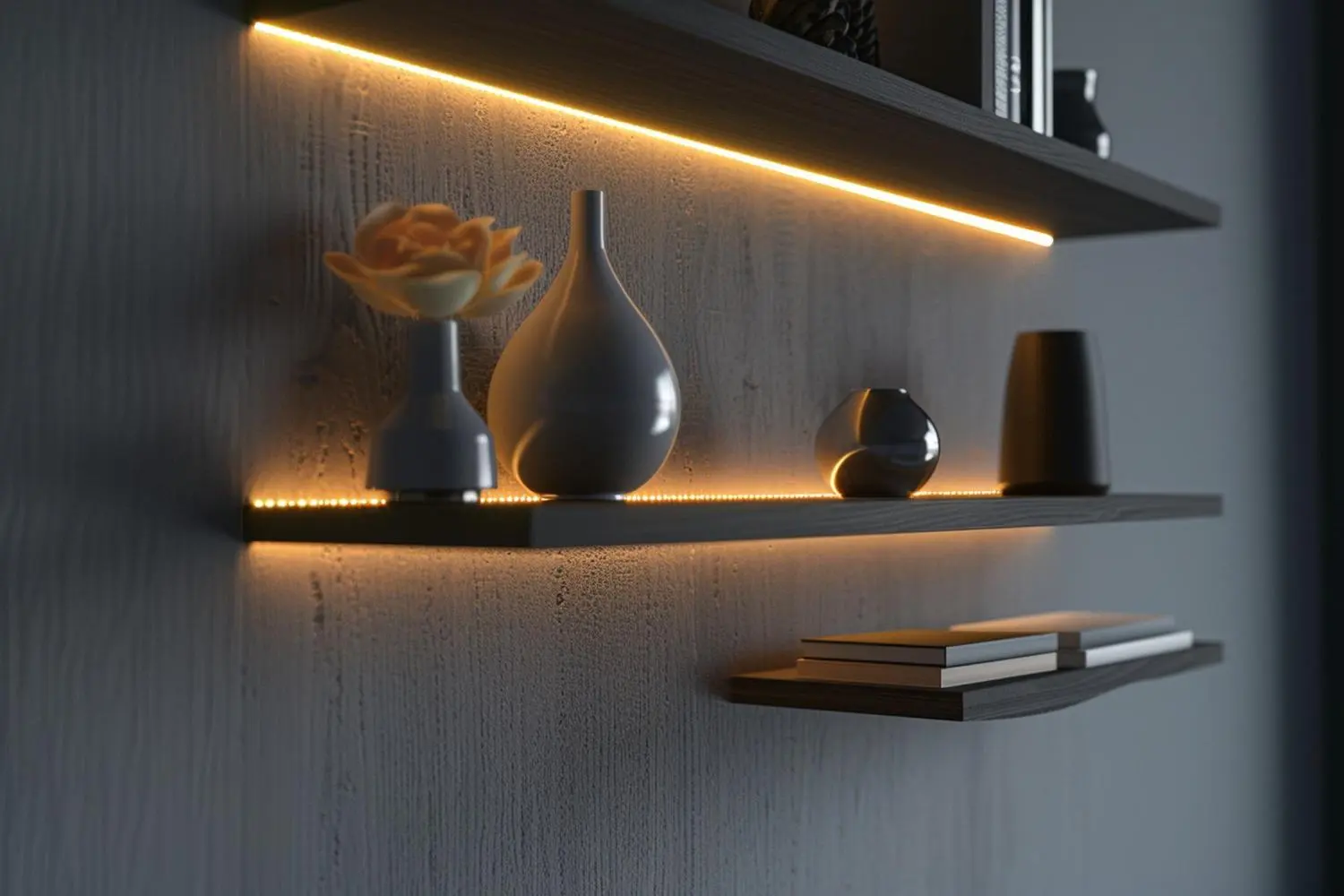
The Ultimate Guide to Built-In Shelf Lighting
Explore guide to built-in shelf lighting. Learn about LED strips, puck lights, recessed lights, tape lights, and their installation tips for perfect ambiance.
Lighting, often an overlooked aspect of the workplace, plays a pivotal role in shaping an employee’s workday. It does more than just illuminate spaces; it significantly influences mood, focus, and overall productivity. As work environments evolve, the quest for optimal lighting solutions has led to the rise of LED lights. LEDs, with their myriad of benefits, have emerged as more than just an energy-efficient option. They have become instrumental in creating workplaces that foster both well-being and efficiency. This article delves into how LED lighting intertwines with productivity and why it’s a critical component for modern offices.
Light, both natural and artificial, has profound effects on human physiology and psychology. It’s not just about visibility; it’s intricately tied to our health, well-being, and performance.
Our body has an internal clock, the circadian rhythm, which regulates sleep-wake cycles, hormone release, and other vital functions. Light, especially its color temperature and brightness, plays a crucial role in resetting this clock daily. When exposed to the right kind of light at appropriate times, it can boost alertness, enhance mood, and improve overall energy levels. On the contrary, poor lighting can disrupt our circadian rhythm, leading to sleep disturbances, reduced concentration, and even mood disorders. LEDs, with their adjustable color temperatures, can emulate natural daylight patterns, aiding in keeping our biological clocks in sync.
Good lighting isn’t just about illuminating a space. It’s about ensuring visual comfort. Inadequate or improperly distributed light can lead to eye strain, headaches, and decreased concentration. Continuously working under such conditions can result in visual fatigue, making tasks seem more challenging and reducing overall productivity. LEDs offer a uniform and consistent light output, reducing shadows and minimizing glare. This ensures not only better visibility but also less strain on the eyes, making prolonged tasks more manageable and less tiring.
In modern workplaces, the significance of lighting cannot be overstated. Not only does it affect the aesthetic appeal, but it also plays a pivotal role in influencing employees’ health, well-being, and productivity. Among various lighting options, LEDs have emerged as a top choice for many reasons.
One of the most notable benefits of LEDs is their ability to provide consistent and flicker-free light. Traditional lighting, like fluorescent bulbs, can sometimes produce an almost imperceptible flicker, which can be a significant source of distraction and discomfort over extended periods. LEDs, with their stable light output, ensure that workspaces remain uniformly lit, minimizing potential distractions and reducing the risk of headaches or eye discomfort.
Different tasks require different lighting conditions. Reading a document, brainstorming on a whiteboard, or working on a computer, each has its specific lighting needs. LEDs come with the advantage of adjustability. Whether it’s dimming capabilities or color temperature changes, LEDs can be tailored to fit the task at hand. This flexibility ensures that employees always have optimal lighting, catering to both their tasks and moods.
Glare, the excessive brightness that causes visual discomfort, can be a significant issue in offices, especially with computer screens and reflective surfaces. LEDs are designed in ways that they can distribute light more uniformly, significantly reducing direct or reflected glare. By doing so, they ensure that employees have a comfortable visual environment, reducing the strain on their eyes during prolonged work sessions.
The shift towards LED lighting in workplaces is not solely driven by the quest for better productivity. The economic advantages are equally compelling. LED lights have proven to be a cost-effective solution that can positively impact a company’s bottom line.
LED lights are champions when it comes to energy efficiency. They consume significantly less power than their traditional counterparts like incandescent or fluorescent bulbs. This lower energy consumption directly translates to reduced power bills, making it an attractive option for businesses aiming to cut operational costs. Additionally, LEDs have a longer lifespan. Instead of frequent replacements, as seen with other bulbs, LEDs can last for years without dimming or burning out. This longevity not only means less expenditure on buying new lights but also savings on labor costs associated with replacements.
Beyond the clear benefits of energy savings and longevity, LEDs bring substantial maintenance advantages. Given their durable design, they’re less prone to damage and wear and tear. This durability means there’s an infrequent need for replacements, ensuring work environments face fewer disruptions. Traditional lights may require routine maintenance or replacements, leading to work interruptions and additional labor costs. With LEDs, such interruptions are minimized, ensuring a smooth workflow and further adding to their economic appeal.
In the current age, where environmental consciousness is paramount, businesses are continually looking for ways to adopt sustainable practices. LED lights stand out as a beacon in this quest, offering benefits that go beyond mere aesthetics and functionality. They play a significant role in shaping greener workplaces, emphasizing corporate responsibility towards the planet.
LED lights have inherently eco-friendly properties. Their energy efficiency means they require less power to produce the same amount of light as traditional bulbs. This reduced energy demand lowers greenhouse gas emissions, a significant contributor to global warming. Moreover, LEDs have a longer operational life, resulting in less waste since they need replacing far less frequently.
Additionally, unlike some traditional lighting options, LEDs do not contain hazardous materials like mercury. This absence means safer disposal and reduced harmful impact on the environment when they finally reach the end of their life cycle.
By adopting LEDs, businesses not only reduce their carbon footprint but also align with global sustainability goals. Such alignment often translates to a positive brand image, resonating with environmentally-conscious consumers and stakeholders. In essence, the shift to LED lighting is not just about brightening spaces; it’s a step towards a brighter, more sustainable future.
A Brighter Startup: Imagine a bustling tech startup where innovative minds were dimmed by poor lighting. The switch to LED brought not just light but life into their open-plan office. Task lighting sharpened focus at desks, while ambient lights warmed communal spaces, sparking creativity and camaraderie. The result? A happier team and a hefty cut in energy bills.
Safety First in Manufacturing: In a sprawling manufacturing facility, shadows were more than just dark spots—they were hazards. Upgrading to high-bay LED lights equipped with motion sensors turned the tide. Brighter work areas reduced accidents, and motion sensors cut costs, making safety profitable.
Creative Minds Need Creative Lighting: A creative agency, known for out-of-the-box thinking, found its spark under the adjustable glow of LED lights. The ability to change color temperatures to match the mood or task at hand meant inspiration flowed freely, and so did productivity. The team reported feeling more energized, and the workspace never looked better.
These stories aren’t just about switching lights; they’re about turning on potential. Whether it’s boosting morale in a startup, ensuring safety in a factory, or fueling creativity in an agency, LED lighting proves to be a game-changer, shining a path toward a brighter, more productive future.
Lighting plays an integral role in shaping the dynamics of a workplace. It can influence moods, affect energy levels, and even drive motivation. As we’ve explored, LED lighting stands as a clear frontrunner in merging both functionality and well-being. The consistent, adjustable illumination they provide ensures that workspaces are conducive to focus and productivity.
But the benefits of LEDs don’t stop at the individual level. They ripple outward, influencing the broader economic and environmental spheres. The savings on energy bills, the reduced need for maintenance, and the contribution to a more sustainable planet underline the holistic advantages of LEDs.
For modern workplaces, where the emphasis is as much on employee well-being as it is on efficiency and sustainability, LEDs aren’t just an option; they are a necessity. As we look ahead, it becomes increasingly evident that the future of workplace lighting will be dominated by LEDs, offering a brighter, more productive, and eco-friendly path forward.

Explore guide to built-in shelf lighting. Learn about LED strips, puck lights, recessed lights, tape lights, and their installation tips for perfect ambiance.
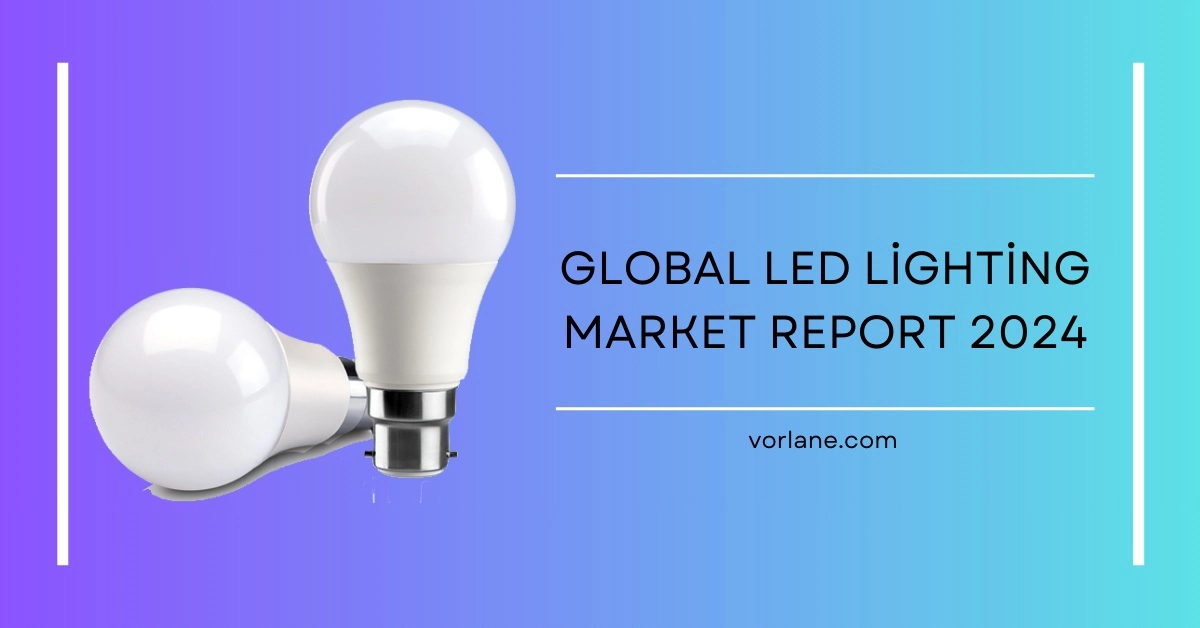
Explore the Global LED Lighting Market Report 2024 for insights on trends, growth drivers, and key players in the industry, including product segment and geographic

Learn how to wire a 2-way light switch effectively. This guide covers essential tools, step-by-step instructions, and safety measures for an installation.
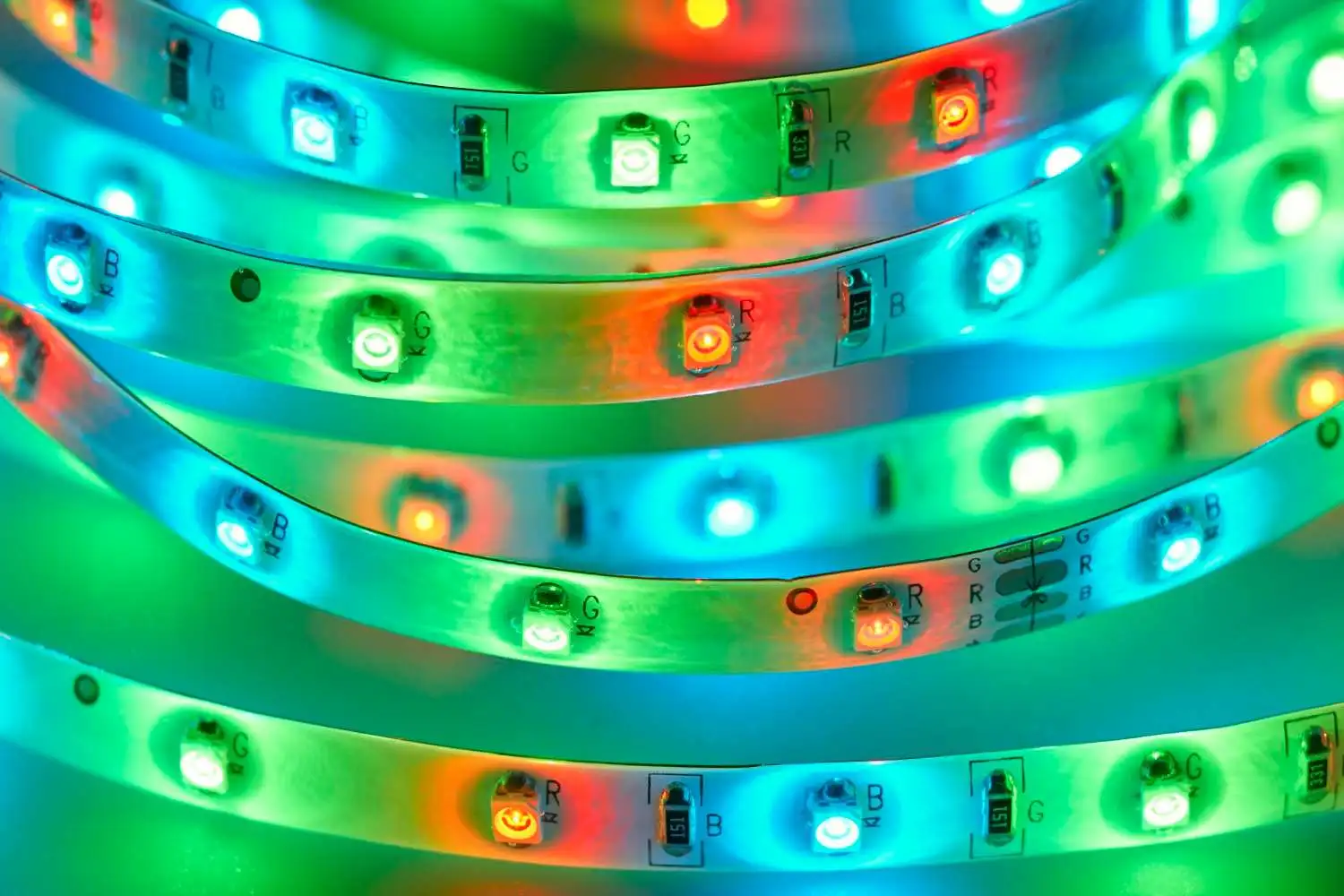
Choosing the right power supply for LED strip lights ensures performance and safety. Consider voltage, current, wattage, efficiency, and certifications.
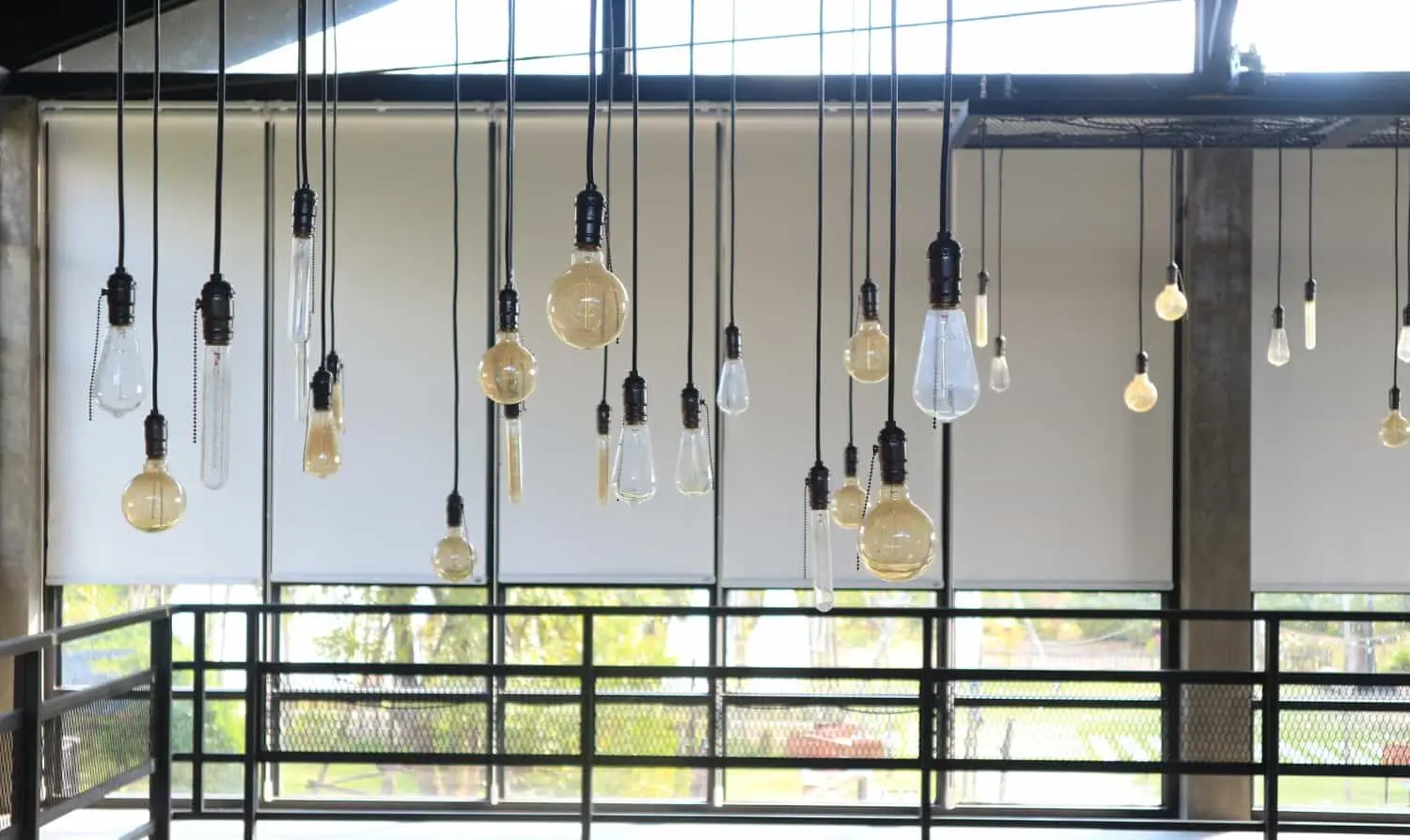
Discover the benefits of pendant lighting for your home. Learn about various styles, and their uses in enhancing aesthetics and functionality.
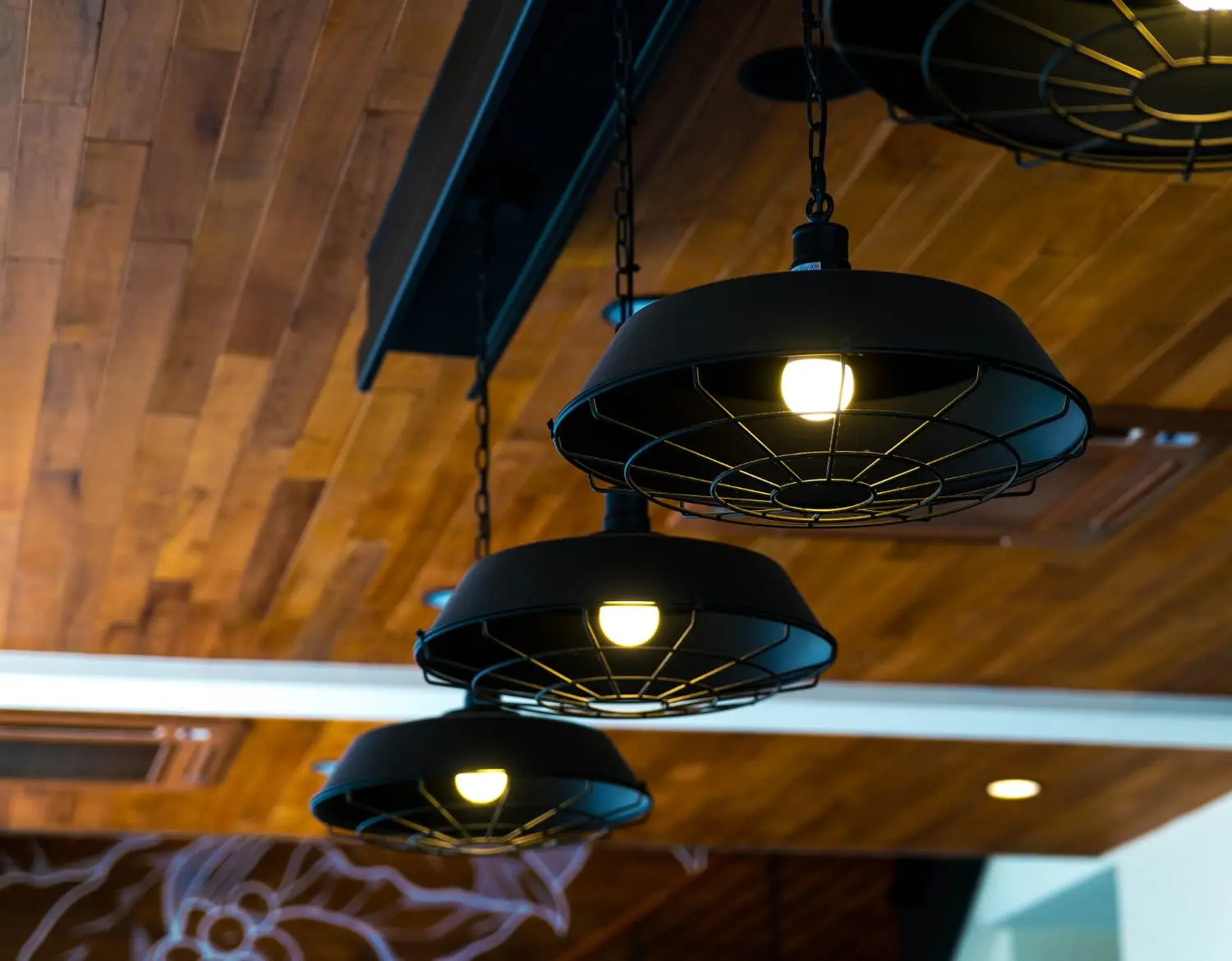
Discover top ceiling lights for your home, including pendant lights, chandeliers, flush-mounts, recessed, track lighting, cove lighting, and spotlights.



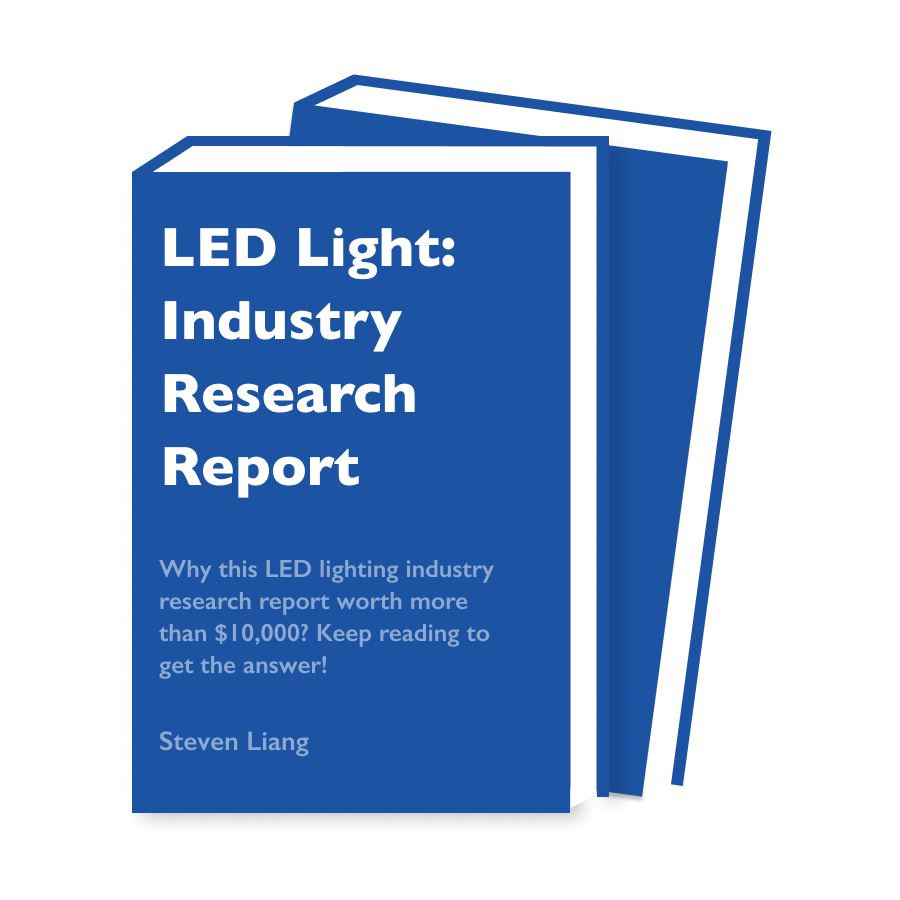 | This LED Industry Research Report Is Worth 10,000 Dollars!Want to get reliable industry data to support your LED business planning? In this report, you will:
*Submit your email to download this file. Your personal info will not be shared to any 3rd-party person or organizations. |
WhatsApp us
*We respect your confidentiality and all information are protected.